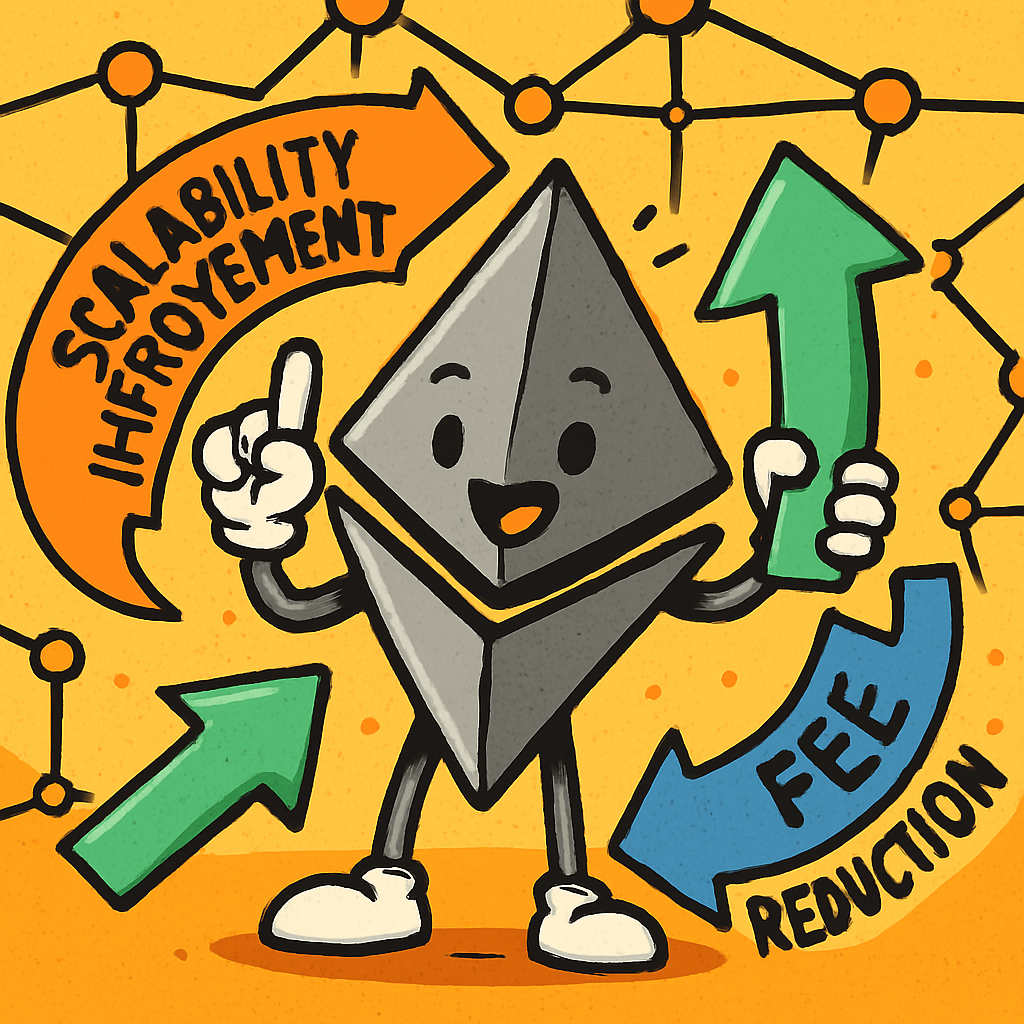
Updated: May 12 – 2025
ZUG, SWITZERLAND
Ethereum, the world’s second-largest cryptocurrency platform, has successfully deployed its latest network upgrade, a significant milestone aimed at improving the network’s efficiency and user experience. The development team announced that the transition went smoothly, with the primary focus now shifting towards enhancing scalability and further reducing transaction fees (gas fees).
This upgrade, often referred to by its codename within the community, introduces several key technical improvements. While not a full transition to Proof-of-Stake (which is part of a longer-term roadmap), it lays crucial groundwork for future scalability solutions, including sharding and layer-2 integrations. Users are expected to see more predictable transaction fees and a slight improvement in network capacity in the immediate term.
“The successful deployment of this upgrade is a testament to the dedication and hard work of the global Ethereum developer community,” stated a lead developer from the Ethereum Foundation. “We are excited about the incremental benefits it brings today and, more importantly, how it paves the way for a more scalable and accessible Ethereum in the future.”
Market reaction to the upgrade has been cautiously optimistic. Ethereum’s price saw a modest increase following the announcement, though it remains influenced by broader cryptocurrency market trends. The key benefit anticipated by many is the potential for lower gas fees, which have been a significant barrier to entry for some users and applications, particularly in the DeFi and NFT sectors.
Attention now turns to the ongoing development of layer-2 scaling solutions like rollups (e.g., Optimistic Rollups and ZK-Rollups), which are designed to process transactions off the main Ethereum chain, thereby significantly increasing throughput and reducing costs. The success of these solutions will be critical in enabling Ethereum to handle a growing volume of transactions and compete effectively with newer, more scalable blockchain platforms.